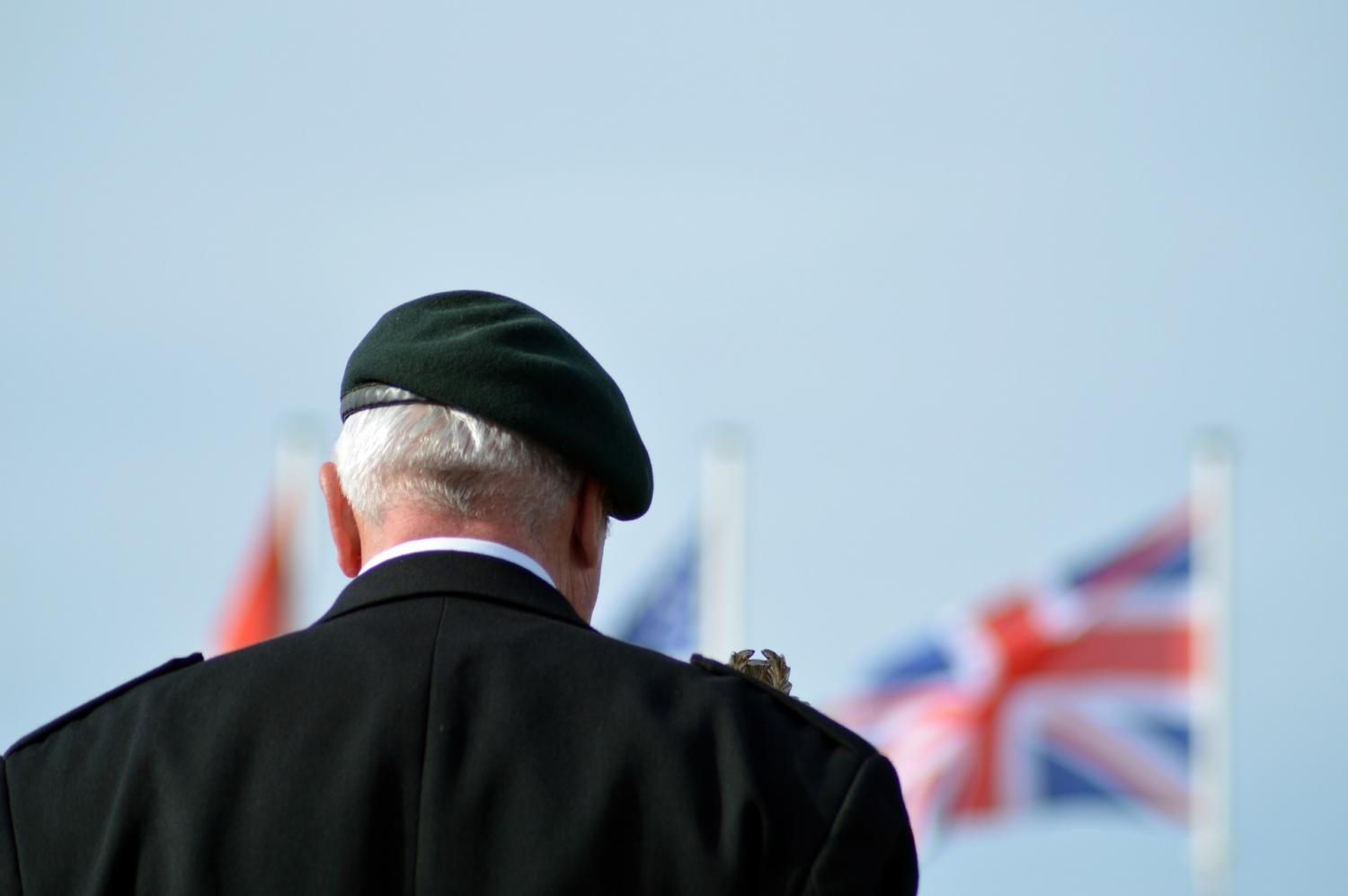
How a program retraining Canada’s veterans offers solutions for the mid-career worker
By Nobina Robinson
The world of work as we know it is changing – rapidly. The “gig economy” and “automation” are just two phenomena shaping our working future. Jobs are being “unbundled” and tasked out, piecemeal, across the globe. And emerging technologies are changing the ways we interface with our workplaces.
The result of these emerging trends is disruption, transition — and what the Minister of Finance, Bill Morneau has labelled “job churn.”
On job churn, Morneau has asked, “How do we train and retrain people as they move from job to job to job? Because it’s going to happen. We have to accept that.” Morneau is on the money. The ability to quickly retrain and re-deploy workers, when either market forces or technology disrupt, will be paramount to Canada succeeding in the economy of the future.
One of the keys to success will be to identify the specific work-related skills of individuals who find themselves in transition and match them to jobs or short-term retraining opportunities. So where should we invest our energies?
We can turn to Canada’s veterans for a positive model for the future.
Programs that are currently being run to assist Canada’s veterans transition to the civilian workforce can offer insight into how we can ease worker transition as changing economic forces confront our workplaces.
Many Canadian soldiers are unable to convert their advanced training into meaningful careers, even though the skill sets and experiences accumulated by soldiers would be highly valued by civilian employers. So how do we get these valuable workers into the Canadian economy? A polytechnic has the answer.
The British Columbia Institute of Technology (BCIT) developed a solution at their SITE Centre, which conducts prior learning related research and assessment activities and turns them into advanced placement education options. At BCIT, The Legion Military Skills Conversion program accelerates and advances the civilian careers of former and current members of the Canadian Forces. They do this by mapping learning outcomes rather than course equivalencies, so that those from non-traditional educational backgrounds are given advanced standing in education and training programs.
The ability to map the existing skills and abilities individuals possess, specifically those that are not backed-up by a formal credential, is called Prior Learning Assessment and Recognition (PLAR). Mapping these helps the individual qualify for new education or training opportunities that may not otherwise be open to them.
PLAR also helps these veterans to identify careers that they may not have considered on their own. Once skills have been identified and mapped, equivalent credits can be granted or veterans can be given advanced standing in a program. If they opt to join the civilian workforce, mentorship opportunities are made available and they will have access to tools that match the skills they have to the jobs that are available.
Similar success has been found at Algonquin College. Michael was a 39-year-old who had retired after a successful military career of 15 years and was looking to enter the workforce in a different field. After finding it hard to get a job in the absence of post-secondary credentials, Michael was surprised to learn that he could receive credits for his life experience by using PLAR services offered at Algonquin College. Michael enrolled in the Community and Justice Services diploma program and was able to graduate by receiving credit for almost half the program based on his prior learning and life experiences.
So how can we scale what works well in the veterans’ retraining program to the changes in our economic landscape?
As more individuals face work transition due to the gig economy and automation, we can build workforce resilience and smooth transitions in the workplace by mapping skills and capabilities through the wider use and application of PLAR.
The combination of career navigation and skills assessment can help newcomers, underrepresented and previously disadvantaged groups, and older workers to all find meaningful work. In so doing, Canada’s inclusive growth aspirations can be realized.
Canada’s polytechnics and colleges each already possess the complementary capabilities of skill identification and prior learning assessment and recognition and the ability to deploy time-compressed courses for those looking to retrain. These capabilities, coupled with polytechnics’ tight connections to industry, mean these institutions are an integral asset in the mission to keep workers in the labour market — and our economy moving forward.
A pivoting economy is no small challenge to tackle — workers are displaced and new skill-sets need to be acquired. In order to ensure outcomes for all Canadians are successful in the face of transition, disruption and job churn, we must scale the capabilities our nation already possesses. The success of veterans’ programs is a good model to follow.
Nobina Robinson is CEO of Polytechnics Canada, a national alliance of Canada’s leading polytechnics and colleges.










